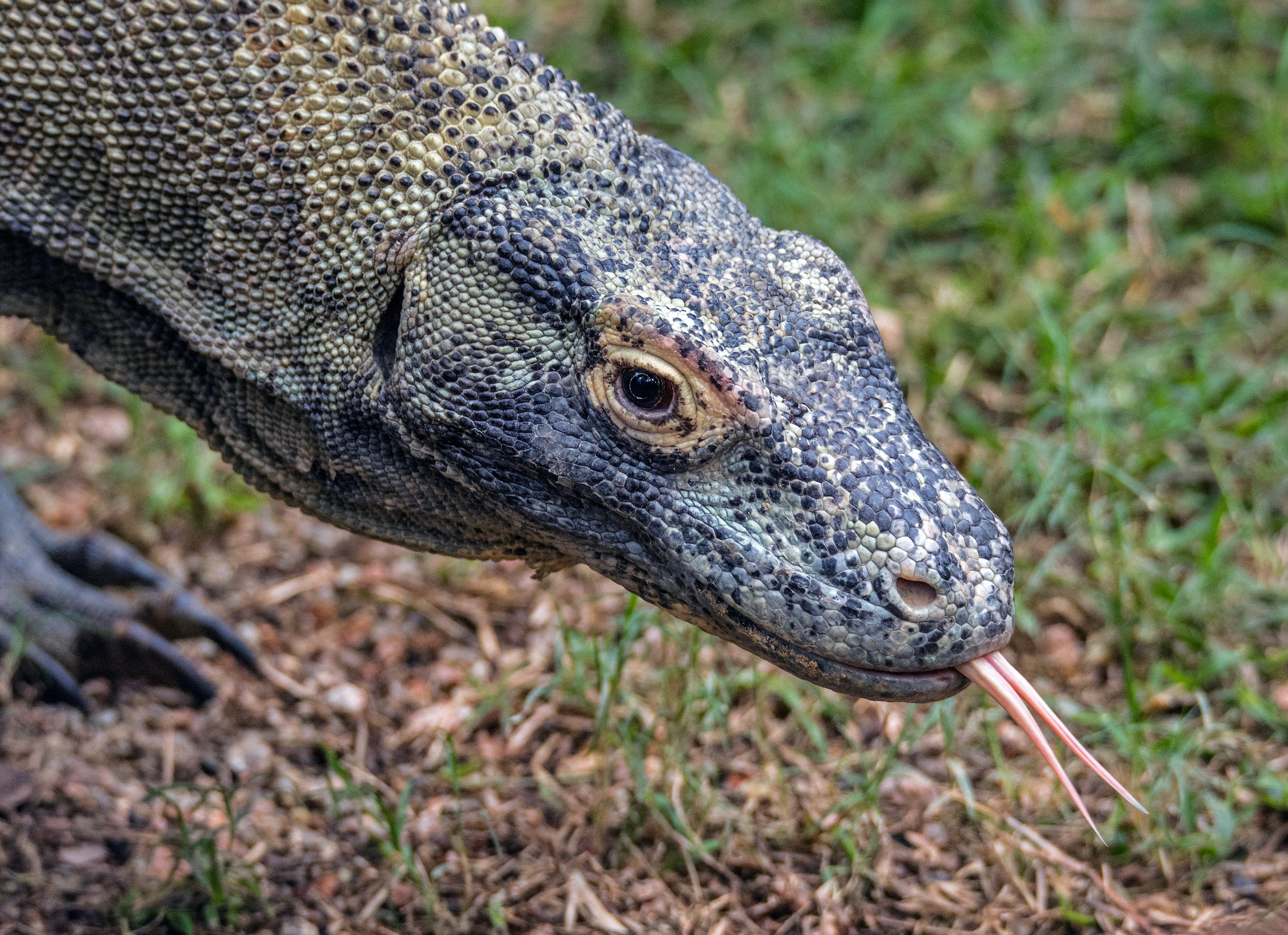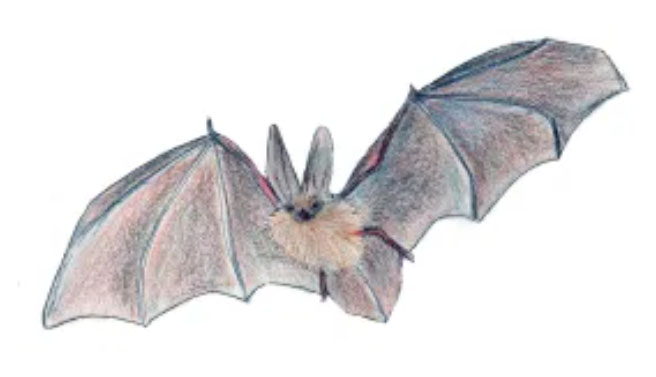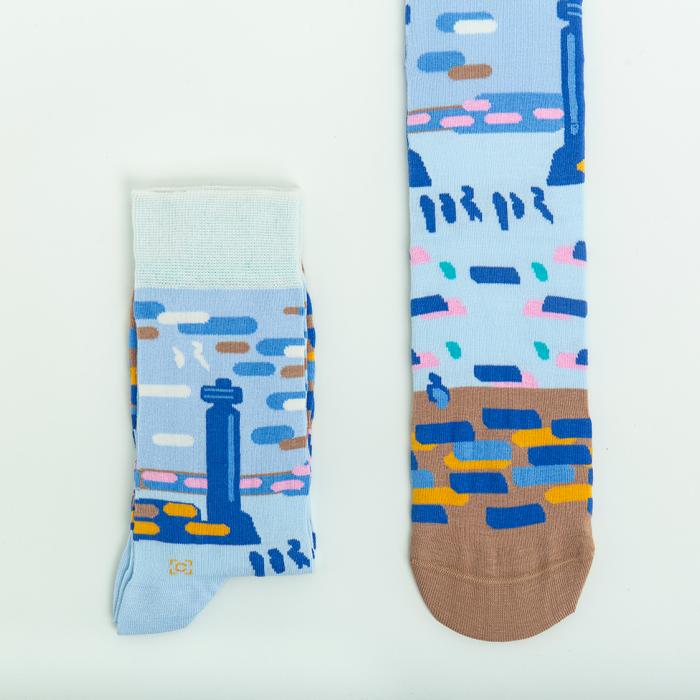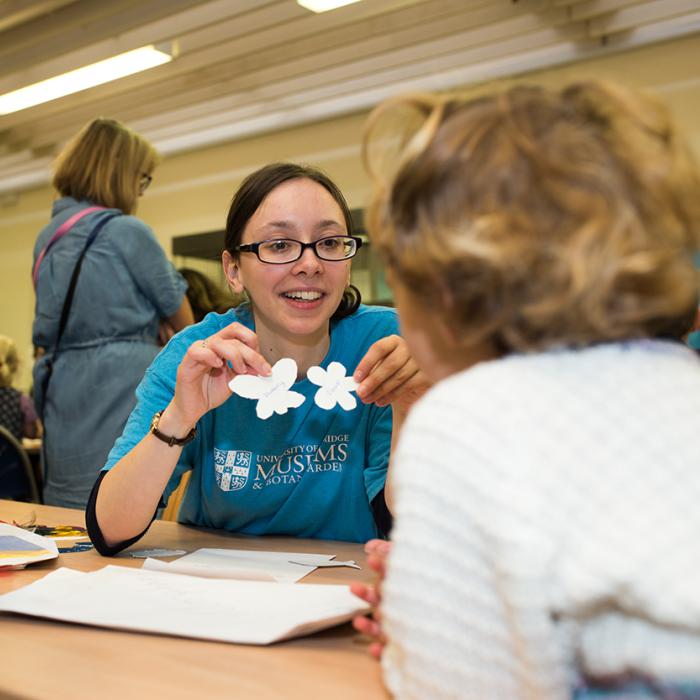Volcanoes form when hot molten rock (magma) under the ground erupts at the surface, but what causes the molten rock to erupt? Eruptions are often driven by gases escaping…
In this experiment you can start a chemical reaction that creates a gas, and see how the gas escaping drives an eruption.
This experiment and video was devised by the Volcano Seismology group in the Earth Science Department, University of Cambridge.
There are many different types of volcanoes. Shield volcanoes have a broad rounded shape and gentle splattery eruptions often described as fire fountains. Strato volcanoes are sharp and steep sided and have violent explosive eruptions. But what makes these two types of volcano look and erupt so differently? It is mainly controlled by how think (viscous) or runny the magma in the volcano is...
In this experiment you can use 3 different thickness (viscosity) liquids to see what differences runny or thick magma can cause in volcanoes.
A snowfall contains BILLIONS of snowflakes but did you know that no two snowflakes are ever the same?! Snowflakes are made of crystals of ice and different temperatures can lead to different types of snowflakes.
Just beneath the waves in shallow tropical seas you'll find a world teeming with life. It's here that we find coral reefs - colourful habitats where countless creatures live.
Unfortunately like many habitats, coral reefs are struggling with the changing climates and environments we see today. These changes lead to 'coral bleaching'.
What is 'coral bleaching'?
Animals have evolved over millions of years to live within the environment that they find themselves in. When that environment changes too quickly, they find it difficult to adapt in time to surive.
Dragons do not only populate the myths and legends of the past, but also the world around us.

Zoology PhD student Tom Jameson takes us on a journey of discovery with the world's largest reptiles.
While we sleep at night, a world of nocturnal animals are going about their lives outside. Creatures like foxes and mice, owls and badgers and bats and moths tend to sleep or shelter during the day, and search for food at night.
Find a new use for used plastic bottles, scrap paper and paperclips.
Watch this film to find out how to create a sculpture of an animal using materials from inside your home.
Grab some friends or family (you'll need at least 3 people to play this game) and have a go at this wildflower bingo game. Download, print and play today.
Let us know how you get on by contacting us on Facebook or Twitter @CUBGlearning #CUBGfamily
Normally found in the krill-rich waters of the Arctic and Antarctic, the humpback whale swims up to 25,000 km per year, including to warmer waters to breed and give birth.
The seasonally-changing songs of male humpbacks echo through the ocean waters. Measuring up to 16m in length and weighing 25-30 tonnes, these large mammals eat krill, which they filter out of the water through hair-like bristles in their mouth called baleen. They are incredibly agile, often swimming near the surface, where they fluke and breach.

